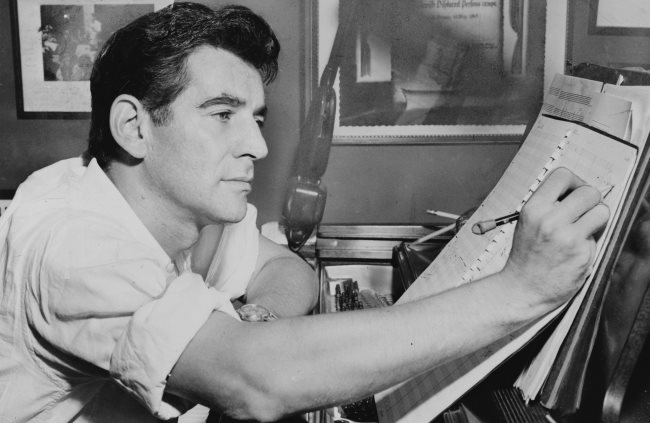Harold Shapero, Symphony for Classical Orchestra
by Byron Adams
Born April 29, 1920, in Lynn, Massachusetts
Died May 17, 2013, in Cambridge, Massachusetts
Composed in 1947 in Boston on commission from the Koussevitzky Foundation
Premiered on January 30, 1948 in Boston by the Boston Symphony Orchestra conducted by Leonard Bernstein
Performance Time: Approximately 45 minutes
Harold Shapero was a precocious composer who enjoyed enormous success throughout his twenties. He matriculated at Harvard where his principal teacher was Walter Piston. Shapero admired Piston’s music while being somewhat exasperated by his teacher’s dry wit and Yankee reserve. At one point, when Shapero brought his brilliant 9-Minute Overture (1940) to class, Piston looked coolly over the score and remarked, “Well, if it were mine, I’d put two bassoons there.” During the summers of 1940 and 1941, Shapero studied at Tanglewood with Paul Hindemith, whose pedagogical method was to recompose his pupils’ music before their very eyes. Far more important for Shapero’s development than either Piston or Hindemith was Nadia Boulanger, with whom he studied at Boston’s Longy School in 1942 and 1943. Boulanger confirmed Shapero’s predilection for the music of Stravinsky while analyzing with him the music of Mozart, Haydn, and, especially, Beethoven.
Shapero’s friendship with Leonard Bernstein was particularly fruitful during this period. Both Bernstein and Shapero loved jazz, and Shapero had first-hand experience with American popular music as an arranger for dance bands. Jazz influences are evident in Shapero’s attractive Trumpet Sonata (1940) as well as his Sonata for piano four hands (1941). Shapero and Bernstein played the first performance of this lively score, which is dedicated to “Bernstein and myself.” Shapero’s music clearly influenced Bernstein’s Clarinet Sonata (1942) as well as his ballet Fancy Free (1944).
The composition of his Symphony for Classical Orchestra marked the climax of Shapero’s early career. To create this score, Shapero drew upon Boulanger’s explications of Beethoven along with his love of Stravinsky and jazz. Shapero’s symphony is certainly among the finest neoclassical works by any American composer: each of the four movements is poised, and expressive. The warm and lyrical second movement, marked Adagietto, is particularly lovely. After its highly successful premiere, even the hypercritical Irving Fine hailed it as “an extraordinary achievement.”
Byron Adams is a Professor of Musicology at the University of California, Riverside.

